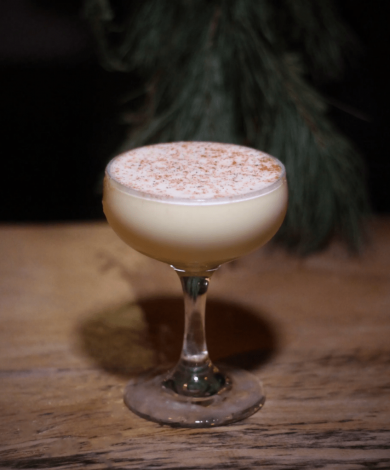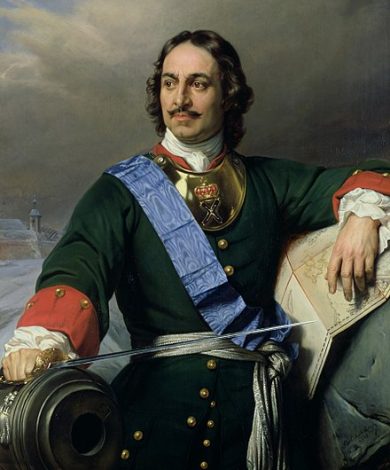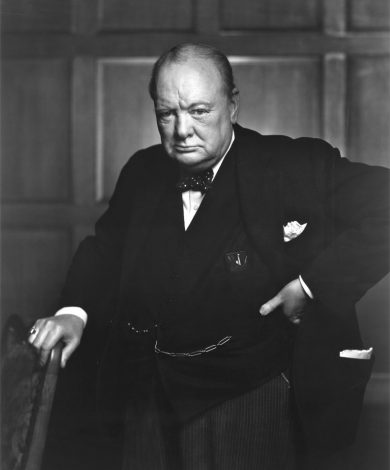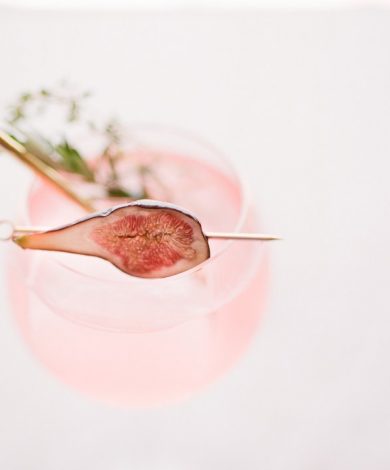Great Drinkers Throughout History: Hemingway Edition
February 4, 2022
There wasn’t much that was dainty about Hemingway.
He was an avid big game hunter, he romanticized bullfighting, and then there was his wildly destructive drinking.
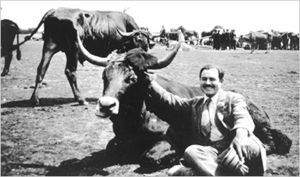

It’s all a bit… controversial.
While I’m not here to glamorize binging your liver into oblivion with 17 double daiquiris in one sitting, (which he did— that’s 68 ounces of rum), Hemingway’s drinking was unquestionably exceptional for three reasons:
- His High Standards
Hemingway didn’t choose between quantity and quality when it came to cocktails: he wanted his many drinks made well. He cared deeply about the freshness of his ingredients (preferring to use just-picked coconuts [Greene, pg. 116], limes [Greene, pg. 134], and mint [Greene, pg. 192]), he was particular about his liquor, and he went to great lengths to achieve the ideal temperature for his drinks. He said he made the world’s coldest martini by freezing his martini glasses, creating giant ice cubes in tennis ball tubes frozen in his deep freezer (reportedly -15 degrees), and by freezing the onions he used as his garnish. He bragged that a Hemingway martini was, “so cold you can’t hold it in your hand. It sticks to the fingers.”(Greene, pg. 189).
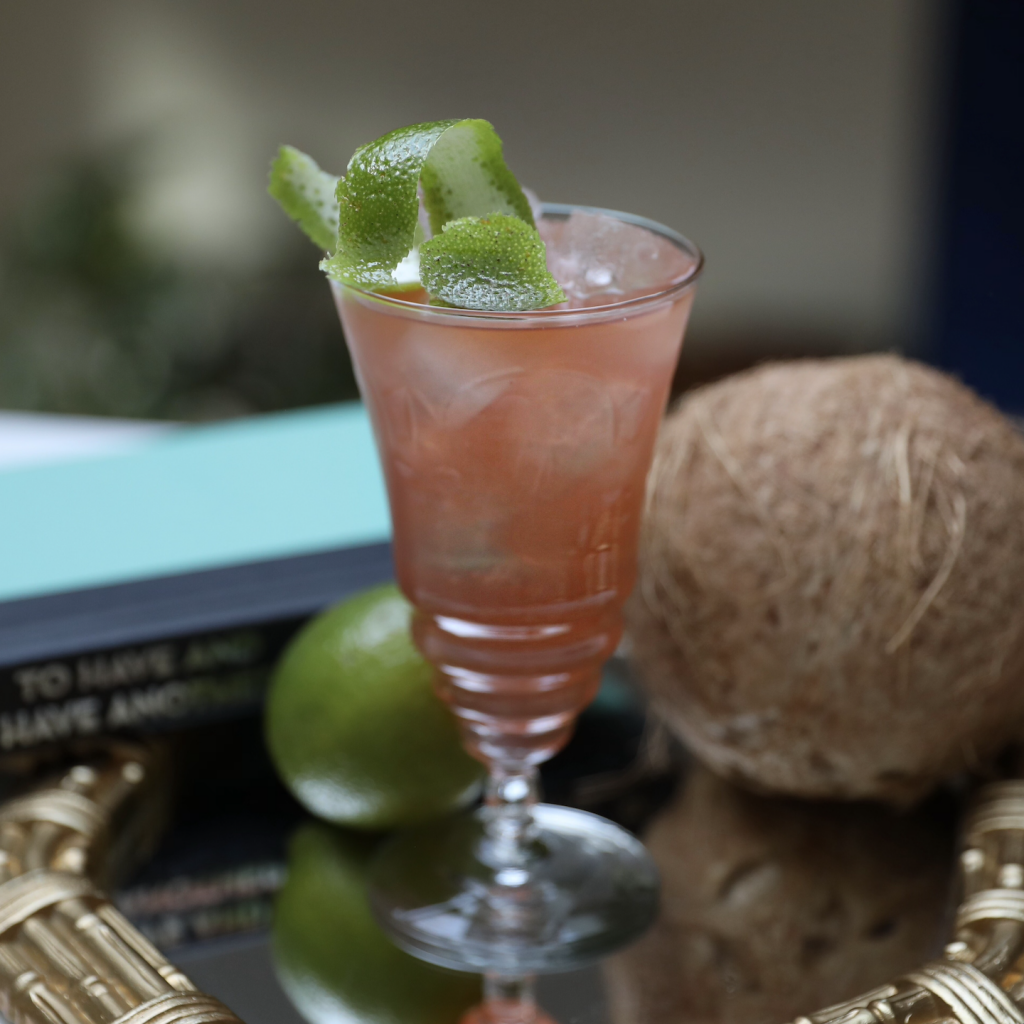
- He Drank Globally and Locally
Hemingway traveled widely and he drank like a local wherever he went. Writing, hunting, fishing, and filming brought him to Spain, France, Africa, South America, or Florida, and he once said, “If you want to know about a culture, spend a night in its bars.”
(In other words, pass on Duolingo and head straight for the booze).
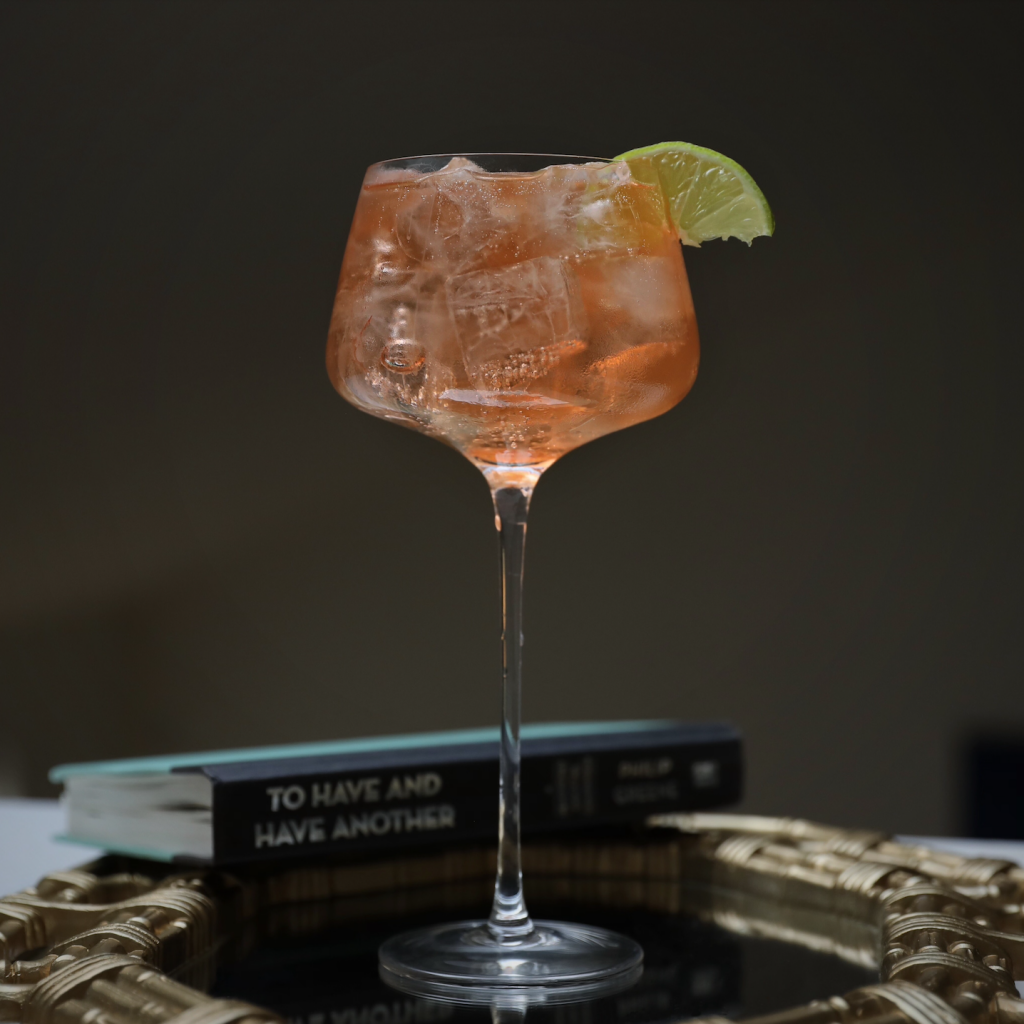
- He Wrote Beautifully About Booze
No one makes cocktails sound more romantic than Hemingway.
In The Garden of Eden, Catherine says her armagnac and soda has, “A fresh clean healthy ugly taste,” and Hemingway notes that “the cold Perrier had made the heavy brandy alive.” (Greene, pg. 17).
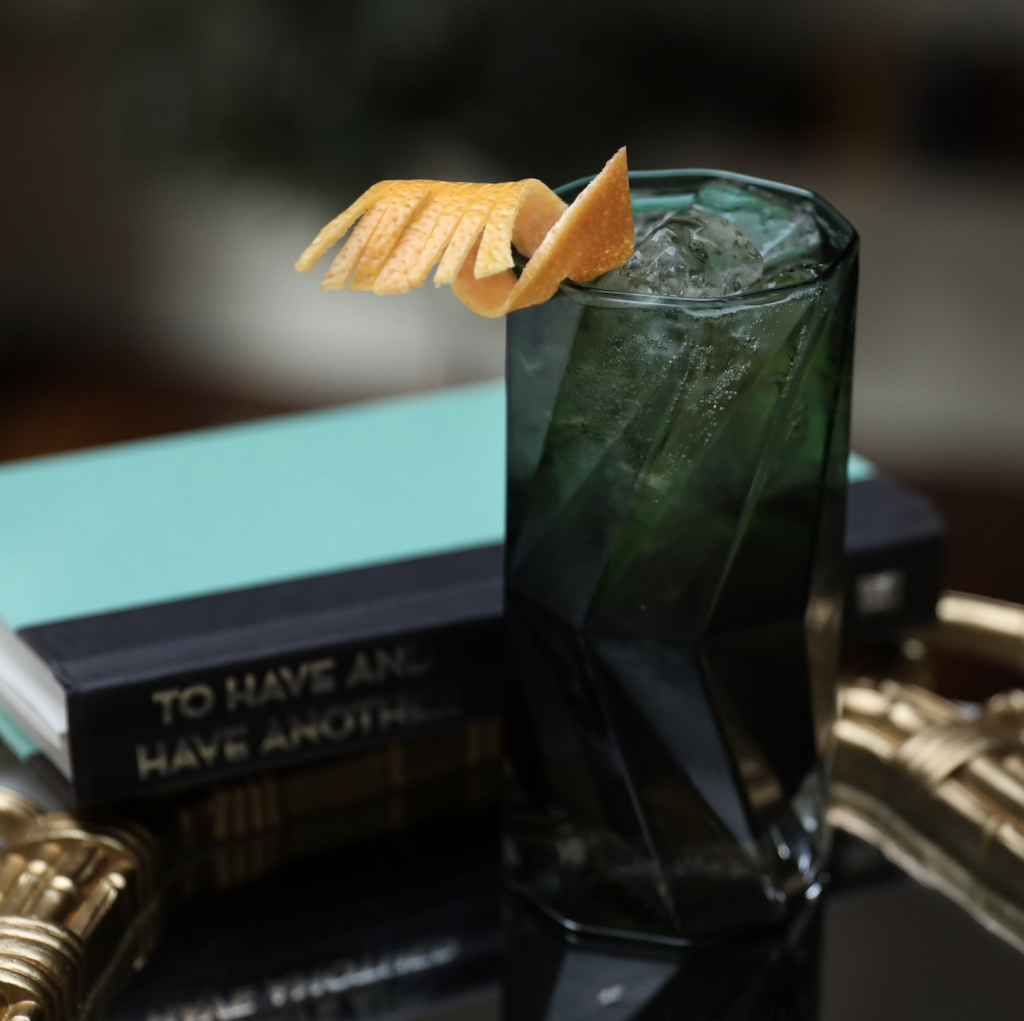
In Hills Like White Elephants a young couple says, “That’s all we do, isn’t it— look at things and try new drinks.” (Greene, pg. 13)
And in A Farewell to Arms his description of martinis perfectly captures what makes them so fine: “I had never tasted anything so cool and clean. They made me feel civilized.” (Greene, pg. 184).
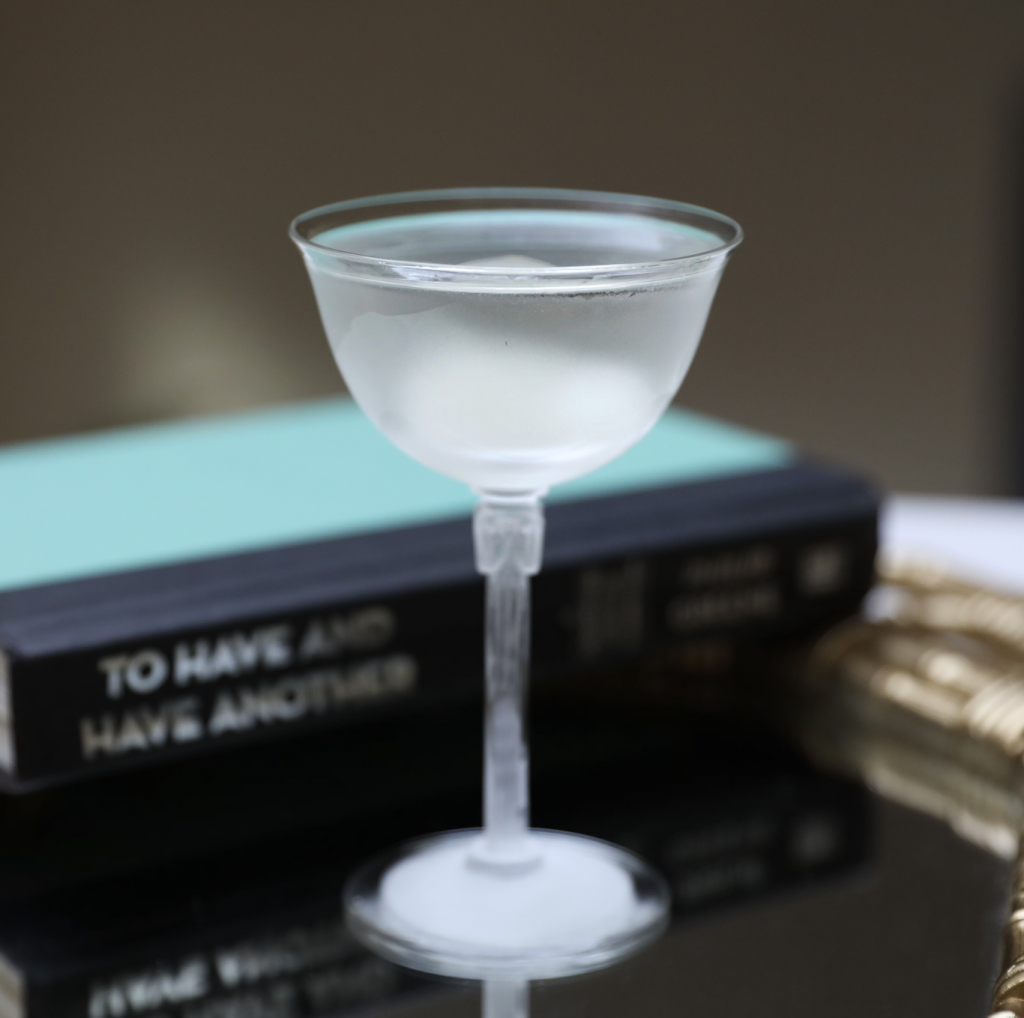
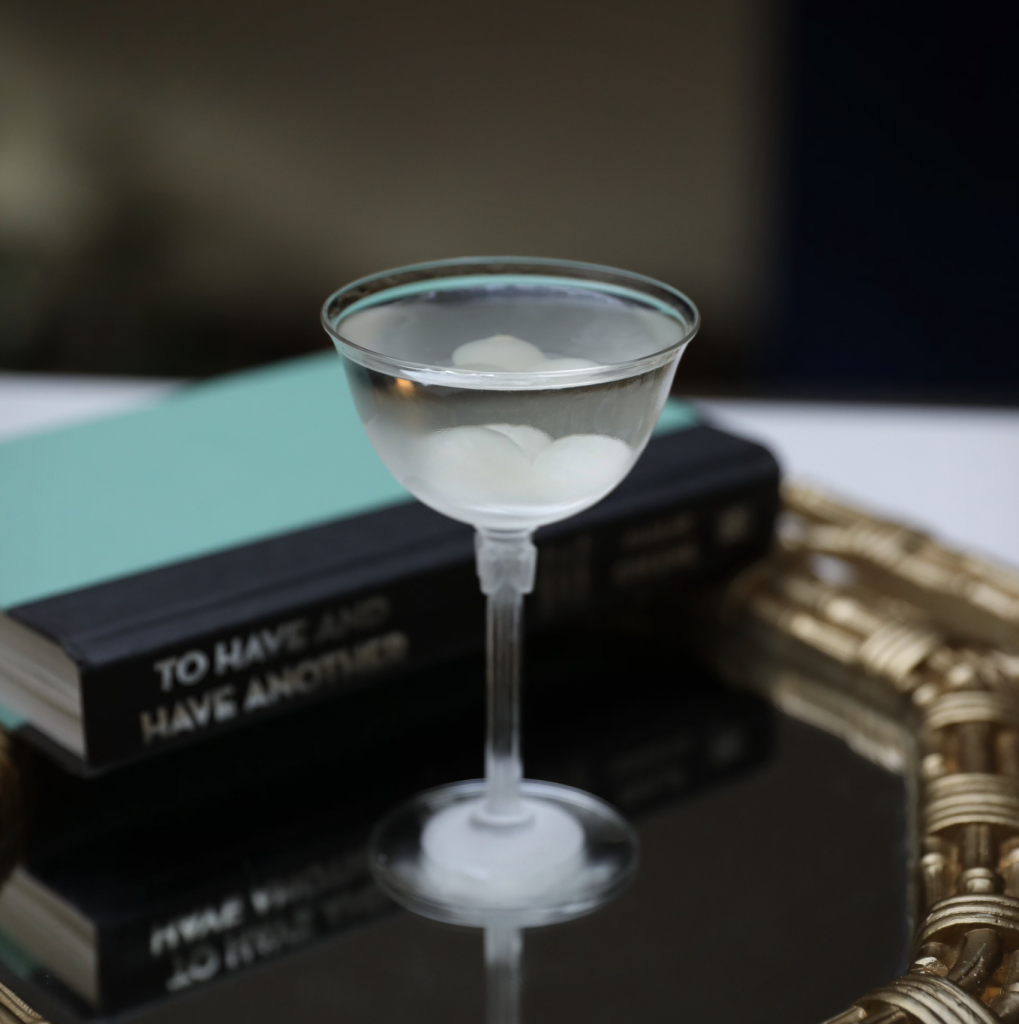
But while Hemingway may have written beautifully about drinking, drinking did not make him write beautifully. He knew that the two didn’t mix well, so he rarely drank while he wrote.
Unfortunately, unlike other drinkers on this list (like Churchill), Hemingway couldn’t get away with drinking excessively. In 1937, he went to the hospital with stomach pains and was diagnosed with liver damage. Years later when he was hospitalized again, a visiting friend found empty liquor bottles under his bed. And like most toxic relationships, while he had trouble living with alcohol, he couldn’t live without it either. Three months into sobriety in 1961 he committed suicide. His son said, “He might have survived with alcohol, but could not live when deprived of it.”
And on that very bleak note, if you’re still curious about Hemingway’s drinking, find his favorite recipes and best quotes in To Have and Have Another by Philip Greene.

